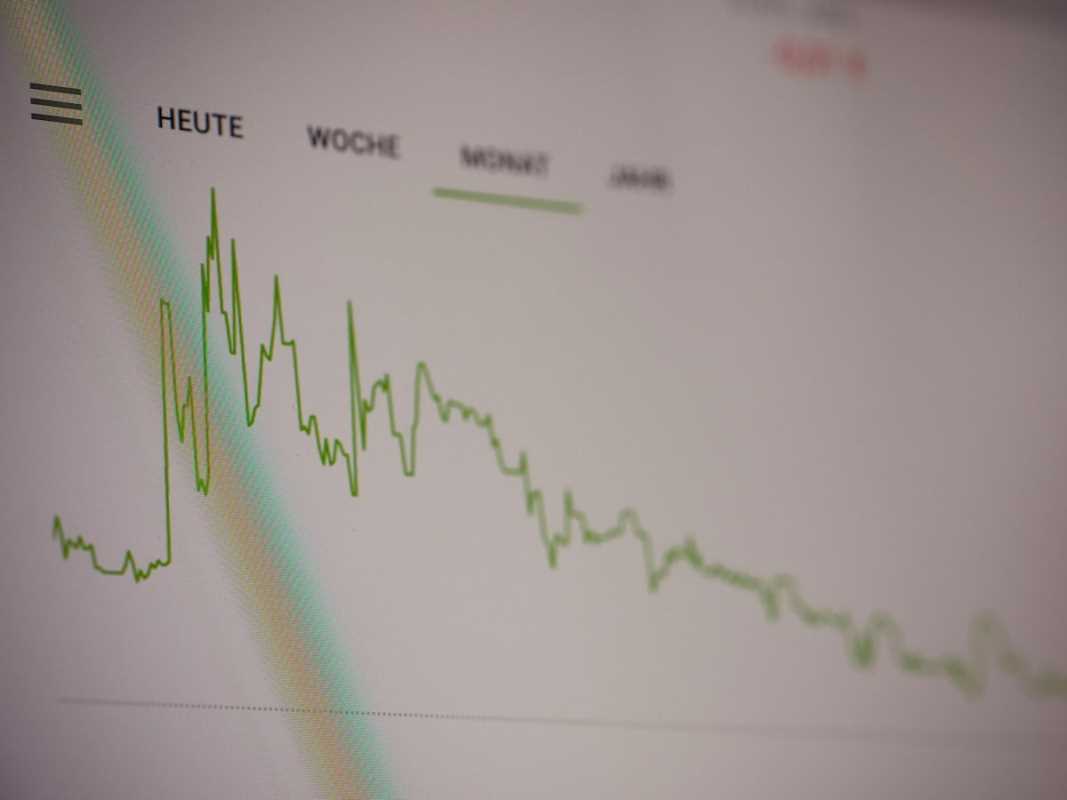Building a diversified portfolio is one of the cornerstones of smart investing. Diversification helps protect your investments from market volatility and minimizes risk by spreading your money across different assets. A well-diversified portfolio is essential for long-term financial success, as it balances potential rewards with manageable risks, even during uncertain market conditions.
What Is Diversification?
Diversification is an investment strategy aimed at reducing risk by allocating investments across a variety of assets, industries, and geographical regions. The idea is simple: don’t put all your eggs in one basket. When one investment underperforms, others in your portfolio can offset the losses, thereby minimizing the overall impact on your holdings.
At its core, diversification protects against the inherent risks of relying too heavily on a single asset or market sector. By mixing investments that respond differently to the same market events, you can create a more resilient portfolio.
Strategies for Building a Diversified Portfolio
Creating a diversified portfolio doesn’t happen overnight. It requires a strategic approach that considers your financial goals, time horizon, and risk tolerance. Here are several practical strategies to help you get started:
1. Asset Allocation
Asset allocation refers to how you divide your investments among broad categories like stocks, bonds, and cash. This is one of the most critical decisions an investor can make. Each asset class has its own risk and return profile, and the right mix depends on your investment objectives.
- Stocks typically offer higher returns over the long term but come with greater volatility.
- Bonds are more stable and can provide a steady stream of income, making them suitable for risk-averse investors.
- Cash or cash equivalents offer security and liquidity but provide minimal returns.
For a balanced portfolio, younger investors with a longer time horizon might allocate more to stocks, while retirees or conservative investors might lean toward bonds and cash.
2. Geographic Diversification
Concentrating your investments solely in one country or region can leave your portfolio vulnerable to localized economic downturns or political instability. Geographic diversification spreads investments across both developed and emerging markets, reducing exposure to country-specific risks.
- Developed markets like the U.S., Europe, and Japan may offer stability and consistent growth.
- Emerging markets like India, Brazil, or China can present higher growth potential but with increased risk.
Global diversification balances these dynamics, allowing you to capitalize on growth opportunities while mitigating risks in any single region.
3. Sector Diversification
Different industries perform well under different economic conditions. Sector diversification ensures you’re not overly dependent on one specific industry’s performance. For example, while technology may see rapid growth during times of innovation, healthcare or utilities often hold steady during recessions.
Consider dividing your investments across multiple sectors such as:
- Technology
- Consumer goods
- Energy
- Financial services
- Healthcare
By doing so, you avoid overexposure to one sector, safeguarding your portfolio from industry-specific declines.
4. Include Alternative Investments
Adding alternative investments like real estate, commodities, or private equity can enhance your portfolio’s resilience. These assets often have low correlation with traditional stocks and bonds, which means they may not move in the same direction during market fluctuations.
- Real estate often retains value during inflation periods.
- Commodities like gold can act as a hedge during periods of economic uncertainty.
- Infrastructure investments tend to provide stable returns, supported by long-term contracts.
Including alternative assets diversifies your risk further while enhancing return potential.
5. Use Index Funds or ETFs
For beginner investors or those who want a hands-off approach, index funds and exchange-traded funds (ETFs) are excellent options for achieving diversification. These funds invest in a broad basket of securities, often tracking major indexes like the S&P 500 or global market indexes. They offer built-in diversification, cost efficiency, and simplicity.
By choosing a mix of stock, bond, and international index funds or ETFs, you can set up a diversified portfolio with minimal effort.
6. Rebalance Regularly
Diversification isn’t a set-it-and-forget-it strategy. Over time, market performance may cause your portfolio’s asset allocation to drift from its original plan. For example, a strong performance in tech stocks might leave you overexposed in that sector, increasing your risk.
To maintain the right balance:
- Review your portfolio annually. Assess whether the current allocation aligns with your financial goals and risk tolerance.
- Rebalance as needed. Sell overperforming assets and reinvest in underperforming ones to restore balance.
Regular rebalancing ensures your portfolio remains aligned with your investment strategy, regardless of market changes.
Practical Tips for Managing Risk
Balancing risk and return is integral to creating a diversified portfolio. Here are a few additional tips to manage risk effectively:
- Invest for the long term. Short-term market movements can be unpredictable, but a long-term perspective smooths out volatility.
- Avoid emotional decisions. Market downturns can lead to impulsive selling. Stick to your diversification plan.
- Keep costs low. High fees can erode returns over time. Opt for low-cost index funds and ETFs whenever possible.
- Consult a financial advisor. If you’re uncertain about your asset allocation, consider seeking professional advice.
Remember that diversification is not a one-time task but an ongoing process. Revisit your portfolio regularly, rebalance when necessary, and adapt your strategy to align with your evolving financial goals. By taking a thoughtful and disciplined approach, you can create a diversified portfolio that minimizes risk and maximizes your chances of financial success.
 (Image via
(Image via





